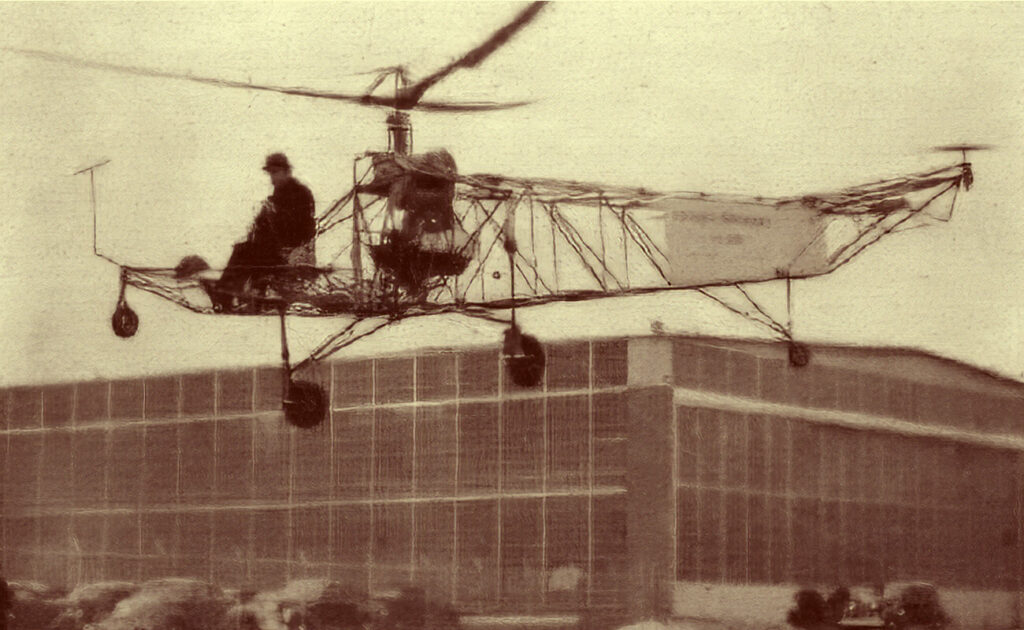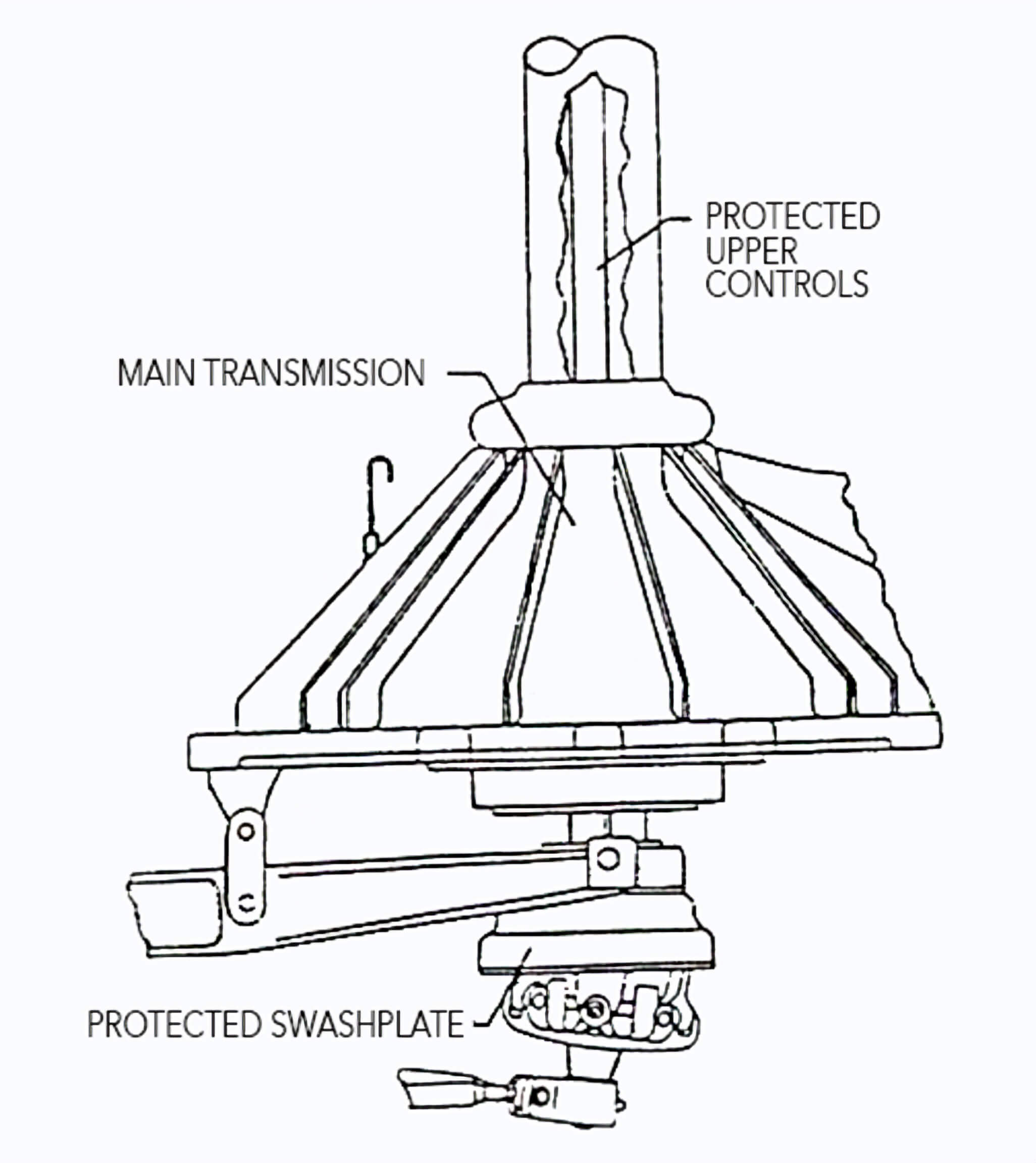How Enstrom fits in the broader context of Helicopter History

In a previous month’s article on Enstrom history, I briefly shared about mechanic Rudy Enstrom’s ingenuity in the ‘40s and ‘50s, leading to the creation of the first Enstrom helicopter. This month, I want to show you how Enstrom’s innovation fits into the overall history of helicopters. So, let’s step back and look at the development of the first ever successful rotorcraft. While Igor Sikorsky is widely credited with inventing the helicopter as we know it today, there were many other notable figures who helped pioneer this important technology.
In 1923, Spanish pilot Juan de la Cierva created an aircraft using an unpowered rotor for lift and an engine-powered propeller for thrust. He also invented the hinged rotor hub, allowing the blades to lead-lag, flap, and feather, thus making forward flight possible.

Early Picairn Autogyros with ailerons, and later model with no wings
A few years later, Harold Pitcairn founded the Pitcairn Aircraft company in Horsham Township, Pennsylvania, which became Pitcairn Autogiro Company in 1929. Without a swashplate to control the rotorhead, early autogyros required wings and tails as control surfaces.

A common external swashplate installed below the rotor hub
Pitcairn and Cierva later partnered to develop the swashplate. This revolutionary technology converted the linear motion of control rods into rotational motion and allowed for directional control of the aircraft without wings. During World War II, Pitcairn agreed to turn over the swashplate patents to the US Government. As a result, Sikorsky and Lawrence Dale Bell used the swashplate design to develop their own successful helicopter.
I had the pleasure of learning about this history of innovation at a dinner hosted by the American Helicopter Museum. At the dinner, were Juan de la Cierva’s nephew, Sikorsky’s son Sergei Sikorsky and Pitcairn’s son Steve Pitcairn. Frank Piaseski was also there, who is most famous for perfecting the tandem rotor helicopter design. Hearing stories about these rotorcraft pioneers from the family members who knew them best helped me realize just how cool it is that Enstrom can carry on their innovative legacy.

Enstrom swashplate installed on the bottom of the transmission with the control rods going through the center of the main rotor shaft
In the early ‘60s, Enstrom engineers Paul Schultz and Alb Balaur developed two remarkable new rotorcraft technologies; the internal control rod and swashplate system and the lamiflex bearing (also known as the elastomeric bearing). These technologies are unique in that the swashplate sits protected on the bottom of the transmission. The rotor mast then helps protect the control rods (or cables).
Enstrom’s F-28 helicopter was the first helicopter to make use of an elastomeric bearing. The bearing took the thrust loads of the rotor blade, while still preventing the blade’s centrifugal forces from loading and locking up the control system. Enstrom engineers were granted a patent for this unique helicopter rotor hub in 1965.
Since then, Enstrom has continued to develop new feats of engineering to stand out from other smaller helicopters manufacturers. At Enstrom, we’re rooted in a rich history, but the sky is the limit for future innovation!
Bayard duPont is the Senior Technical Fellow Product and Technical Representative at Enstrom Helicopter.
About Enstrom Helicopter
From Rudy Enstrom’s early designs in 1943 to initial testing in a Michigan Quarry in 1957 to aircraft operating on six continents, Enstrom Helicopter Corporation has maintained a reputation for safety, value and performance. Based in Menominee, Michigan and proudly made in the United States, Enstrom has a rich history for design innovation. The goal is to provide helicopters to the customer’s exact specification and deliver support and maintenance worldwide.